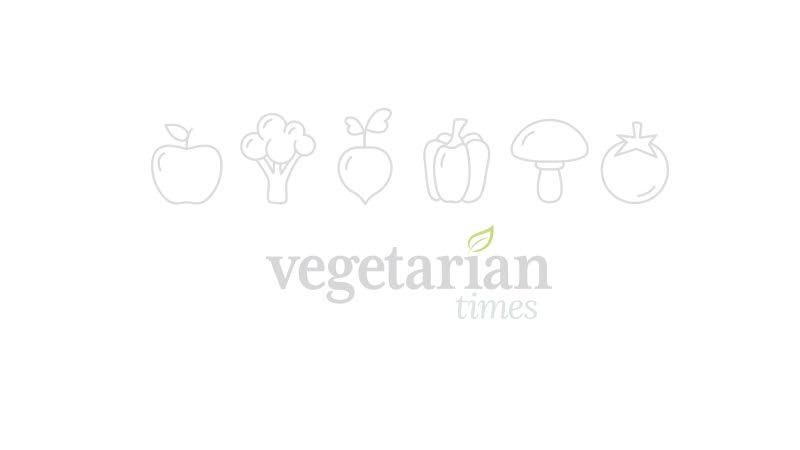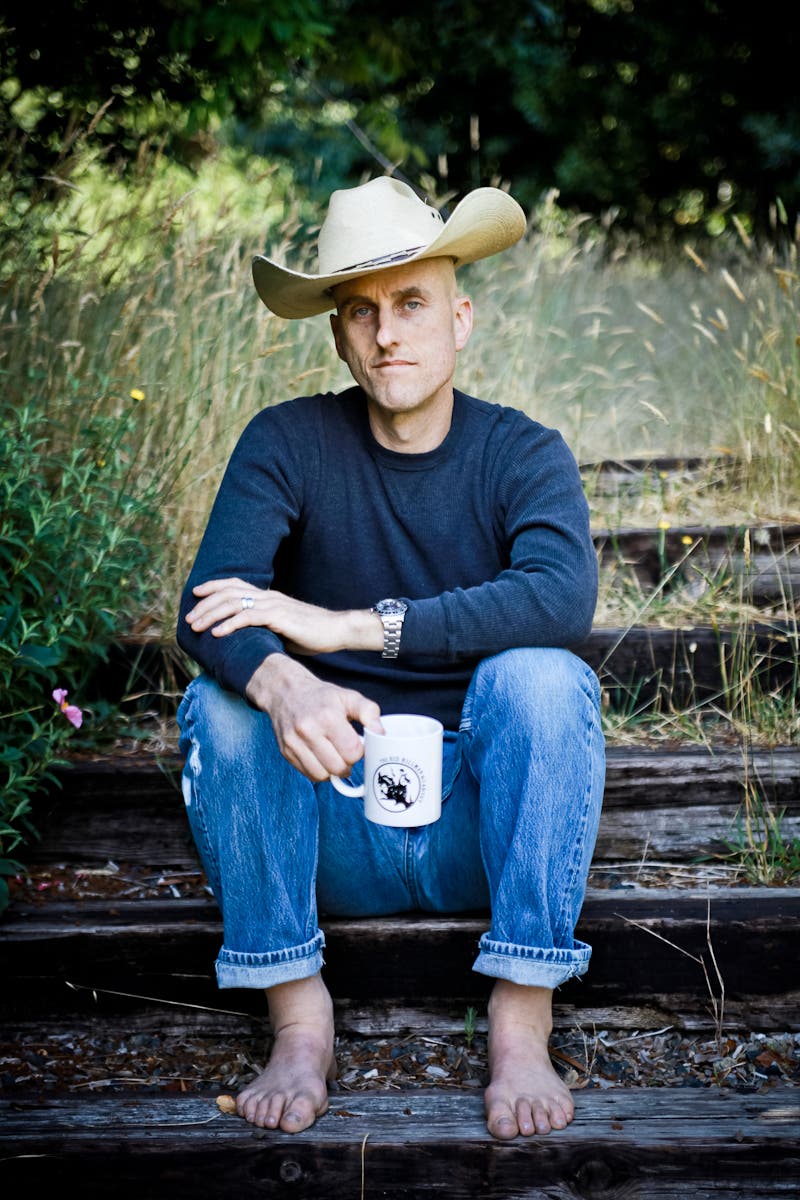Power to the People (Who Eat Plants): Q&A with Sid Garza-Hillman, author of Approaching the Natural: A Health Manifesto


PHOTO: Author and Certified Nutritionist and Weight Management Coach Sid Garza-Hillman
PHOTOGRAPHY: Pablo Abuliak
Fed up with health fads? Certified Nutritionist and Weight Management Coach Sid Garza-Hillman feels your frustration. Here we talk with him about his new book Approaching the Natural, a clear-eyed guide to getting back in the driver’s seat and going the distance toward living healthfully.
You call yourself a philosopher-nutritionist. What does that mean?
It’s a little tongue-in-cheek calling myself that, but the truth is that Approaching the Natural is a “philosophy of health” book. I wanted to draw on my background in philosophy and as a nutrition/wellness coach to show people they have control over their own wellbeing. At the same time I wanted the book to be fun, with a lighthearted approach to a very serious subject. The last thing I wanted to write was a dry, chart-filled volume. I read those myself, but it’s what I do for a living. At the end of the day, Approaching the Natural is a manifesto designed to slide into your back pocket and be a reminder that we all have more power than we know to be happier and healthier.
We get all excited about superfoods, only to watch them fade from popularity. How can we avoid getting caught up in this food-world version of celebrity culture?
Some superfoods are actually fantastic, for example, acai berry. The problem is that many people jump on them in search of a quick fix, usually as a shortcut to weight loss. There is no single magic food that’s going to turn our lives around. I eat a variety of superfoods all the time—chlorella, maca, hemp—but I know better than to think that if I just take Spirulina tablets I’ll be superhealthy even if I treat my body poorly in other ways. Learning about health and nutrition, and then paying attention to what we eat and also how we move and how we socialize will yield long-term health.
Could our focus on calories and the macronutrients protein, carbohydrate, and fat here in the U.S. be related to our preoccupation with weight? How can we widen the focus to vital micronutrients like potassium and beta-carotene, especially when people just want a way to shed pounds?
Americans are mostly a mal-nutrient population, meaning not starving, but deficient in the micronutrients: vitamins, minerals, phytochemicals, antioxidants. In the book I address this head-on. All this talk about high protein/low protein/high carb/low carb being bad for you/good for you, it’s enough to drive anyone crazy. The very easiest thing anyone can do is to introduce more, and more variety of, whole plants into their regimen. For example, broccoli doesn’t just provide carbs and yes, protein and fat, it’s also chockfull of micronutrients. It’s what I refer to in Approaching the Natural as a “heavy box food”: a food that has a high proportion of micronutrients inside the “package” of calories.
As for weight management, when you eat heavy box foods, your body will be better able to send you the “I’m full” message. The high level of micronutrients and fiber in heavy box foods—fruits, vegetables, nuts, seeds, beans—makes you feel full faster. It’s not just about the fiber. The minerals in whole plant foods also help us to not overeat. In contrast, when we eat light box foods— empty calories and high-salt, high-sugar, animal foods, etc.—the human body will overeat with no effort at all. It’s why we can easily plow through a bag of potato chips! Our population isn’t predominantly overweight because we’re gorging on cauliflower.
Shifting the focus is first about knowledge, and second about taking steps using that knowledge. I try and present the information in a way that appeals to common sense.
Do you have any suggestions for bridging the gap between knowing something and acting on it?
Yes, and this is perhaps the biggest message in my book: take the smallest steps necessary to get you to do something. What hinders many people from acting on what they know is that they believe change requires a monumental all-at-once shift. Learning that exercise is healthy, they think it’s either an hour at a gym or nothing. They get all jazzed in the short-term: join the gym, buy the gear, go for a few weeks, and then burn out. Same goes for diets. What I propose is to take steps so small that you create a foundation you can build on. For example, in the case of exercise, if all you can muster is a walk across the room once a day, that’s an excellent place to start for two reasons: first, it’s more exercise than you would’ve done, and second, the fact that you can actually do it every day without burning out turns you into a person who exercises.
What is holistic self-interest, and why do you recommend it?
In the book I argue that we are by nature driven by self-interest. Our physical bodies are designed above all else to survive and procreate—to continue living and keep the species going. I simply extrapolate this to our minds: we seek and desire joy and happiness, what I think of as “living” for the mind. The question comes down to the difference between short-term and long-term joy and happiness: drinking alcohol, eating light box foods, and mindlessly watching TV while sprawled on a sofa may give us immediate pleasure, but do not actually make us happy or healthy in the long run. Why? Because those things are ultimately damaging and not life-sustaining or happiness-yielding. I don’t argue that we should never partake in these things, but rather that there is a balance we can achieve if we want to improve the quality of our lives. Holistic self-interest is taking care of ourselves in a way that is in line with the natural drive of a human being, body and mind. It’s also holistic because an individual acting from this scope of self-interest positively affects the whole planet.
Approaching the Natural reads conversationally. It’s easy for the reader to imagine sitting around a dinner table with you. So, what’s on the menu?
My famous Cajun red beans and rice. And by “famous,” I mean my wife really likes it. Oh, and my dad does too.
You can find Sid on Facebook, Twitter (@sidgarzahillman), and his Web site Transitioning to Health.